Murphy's Oil Soap causing cloudy blemish marks?
Mike Flynn
3 years ago
last modified: 3 years ago
Featured Answer
Sort by:Oldest
Comments (20)
Mike Flynn
3 years agoRelated Professionals
University City Kitchen & Bathroom Remodelers · Independence Kitchen & Bathroom Remodelers · Sachse Flooring Contractors · Suwanee Flooring Contractors · Elmwood Park Tile and Stone Contractors · Green Valley Tile and Stone Contractors · Springdale Carpet Dealers · Flint General Contractors · Havelock General Contractors · Montclair General Contractors · Montebello General Contractors · Palestine General Contractors · Rosemead General Contractors · Rossmoor General Contractors · Westerly General ContractorsMike Flynn
3 years agoSJ McCarthy
3 years agoMike Flynn
3 years agoTimothy Winzell
3 years agolindac92
3 years agoSJ McCarthy
3 years agoMike Flynn
3 years agoSJ McCarthy
3 years agoTimothy Winzell
3 years agoMike Flynn
3 years agochristopher geisert
2 years agocat_ky
2 years agochristopher geisert
2 years agolindac92
2 years agoJM
3 months agomillworkman
3 months agoJM
3 months agoNicki King
last month
Related Stories
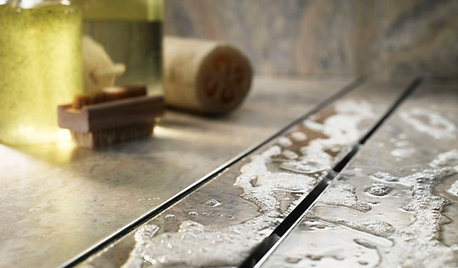
HOUSEKEEPING12 Cleaning Projects That Go a Little Deeper — Naturally
Eucalyptus oil for germy door handles. Baking soda for oven grime. Here are nontoxic solutions for often-overlooked cleaning jobs
Full Story
GARDENING AND LANDSCAPINGWhat to Know Before You Buy Teak Outdoor Furniture
Learn about finishes, weathering, care and that age-old oil debate to get the teak furnishings that suit you best
Full Story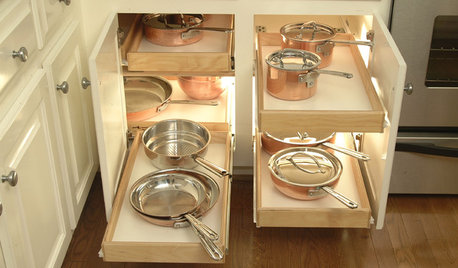
KITCHEN DESIGNSpring Clean Your Kitchen
Scour our 15 ways to ditch the dirt and get rid of the gunk, leaving your kitchen spick and span in time for spring
Full Story
DECORATING GUIDESFrom Queasy Colors to Killer Tables: Your Worst Decorating Mistakes
Houzzers spill the beans about buying blunders, painting problems and DIY disasters
Full Story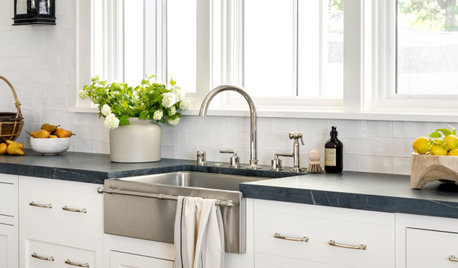
KITCHEN DESIGN8 Kitchen Sink Materials to Consider
Learn the pros and cons of these common choices for kitchen sinks
Full Story
HOUSEKEEPINGHow to Clean Hardwood Floors
Gleaming wood floors are a thing of beauty. Find out how to keep them that way
Full Story
KITCHEN STORAGECabinets 101: How to Get the Storage You Want
Combine beauty and function in all of your cabinetry by keeping these basics in mind
Full Story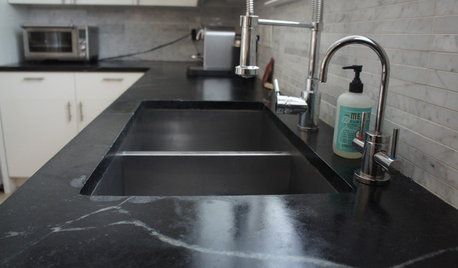
KITCHEN DESIGNSoapstone Counters: A Love Story
Love means accepting — maybe even celebrating — imperfections. See if soapstone’s assets and imperfections will work for you
Full Story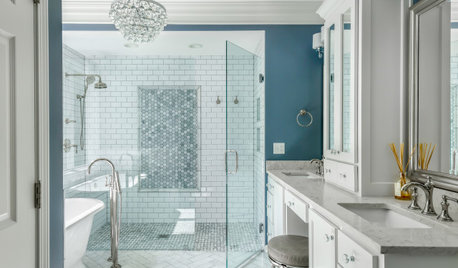
HOUSEKEEPINGHow to Clean a Glass Shower Door
See which tools and methods will keep those glass shower walls and doors sparkling clean
Full Story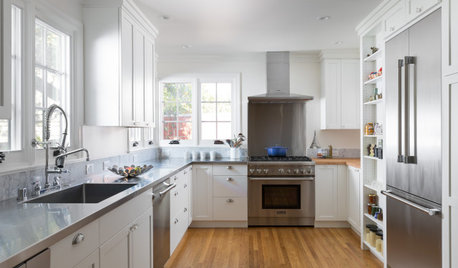
HOUSEKEEPINGHow to Clean Stainless Steel
Protect this popular kitchen material with a consistent but gentle cleaning routine
Full StorySponsored
Your Custom Bath Designers & Remodelers in Columbus I 10X Best Houzz
More Discussions






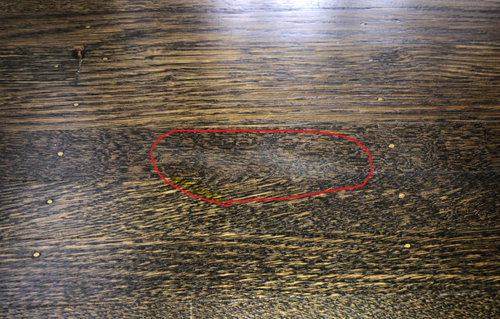

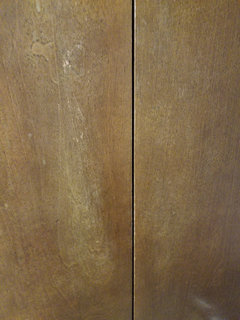



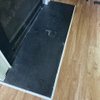
SJ McCarthy